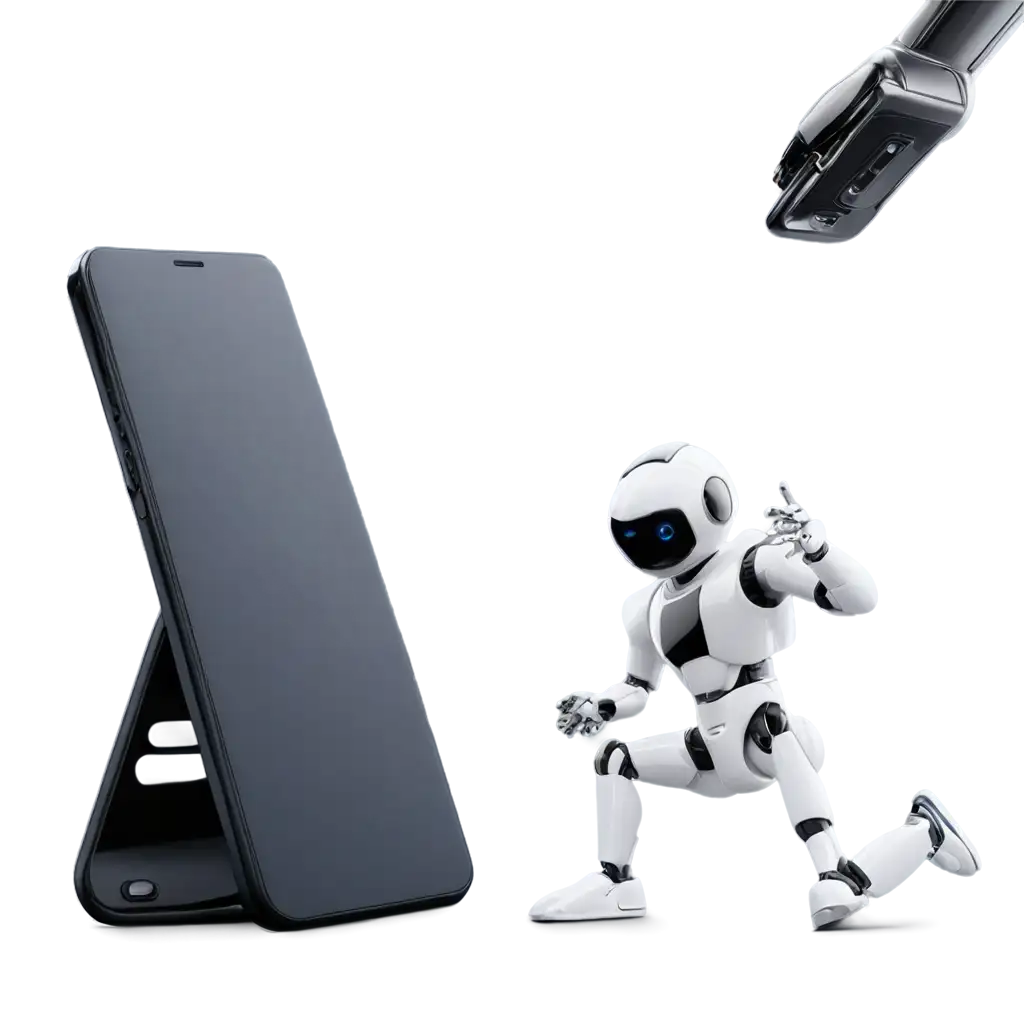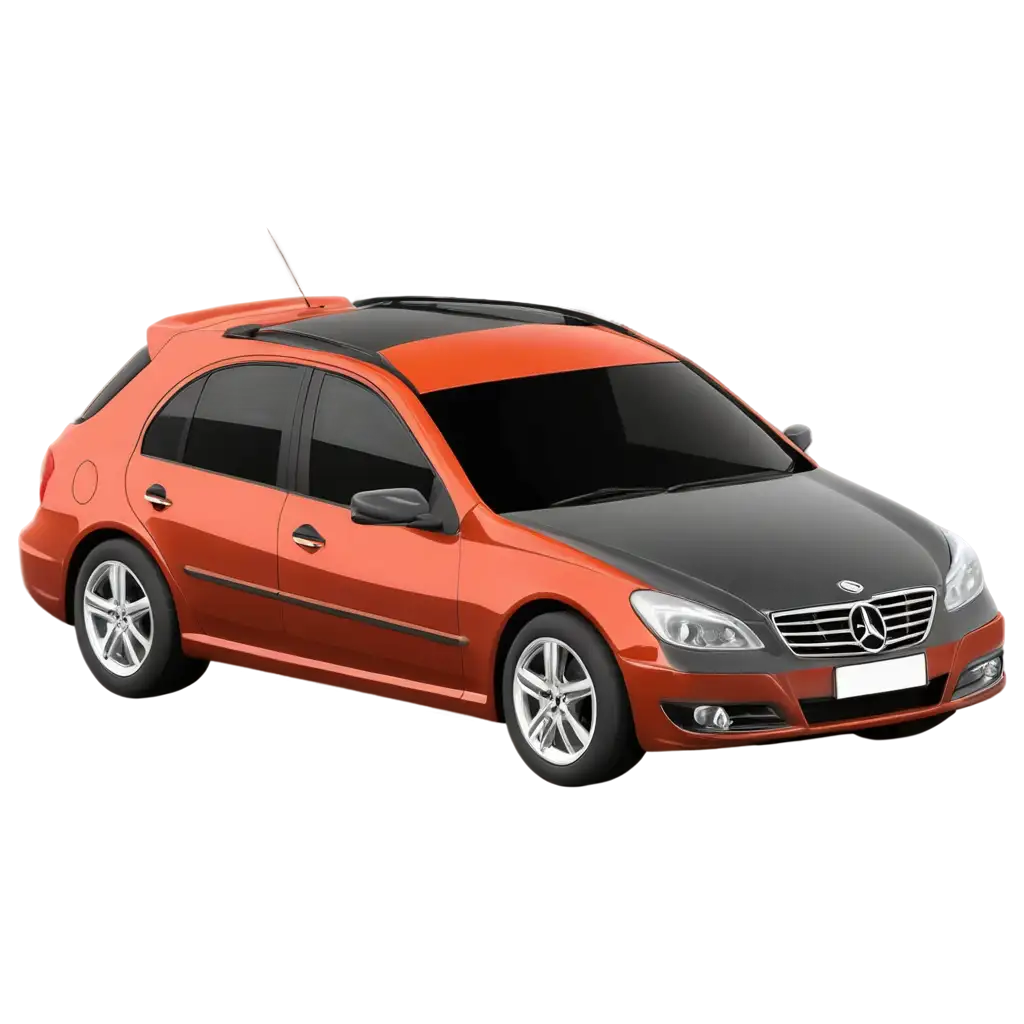3 Free Angle transparent PNG images
Welcome to our 'angle' image collection, featuring 3 free AI-generated images. Explore a diverse array of stock photos, 3D objects, vectors, and illustrations related to angles and geometric shapes. Enjoy high-resolution downloads and use our 'open in editor' feature to customize prompts for your perfect angular image.



Angles are fundamental elements in visual arts and design, formed when two lines or edges meet at a point. They play a crucial role in creating structure, depth, and dynamism in compositions. Common types include acute angles (less than 90 degrees), right angles (90 degrees), obtuse angles (greater than 90 degrees), and reflex angles (greater than 180 degrees). In art and photography, angles can be used to guide the viewer's eye, create tension or harmony, and convey specific moods or concepts. Understanding and utilizing different types of angles is essential for artists, designers, and photographers to create visually compelling and balanced works.
Understanding Angles: Definition and Types in Visual Arts
Angles are integral to architecture and industrial design, influencing both aesthetics and functionality. In architecture, angular designs can create striking visual effects, such as in the sharp lines of modern buildings or the intricate geometric patterns in Islamic architecture. Angles also play a crucial role in structural integrity, load-bearing capabilities, and space utilization. In industrial design, angles are used to optimize product ergonomics, aerodynamics, and visual appeal. From sleek smartphones to ergonomic chairs, careful consideration of angles enhances both form and function. The interplay of angles in these fields demonstrates how geometric principles can shape our built environment and everyday objects.
The Role of Angles in Architecture and Industrial Design
In the realm of digital art and graphic design, angles are powerful tools for creating visual impact and conveying messages. Angular elements can add dynamism to compositions, create focal points, and guide the viewer's eye through a design. They are often used in logo design to suggest stability, progress, or innovation. In web design, angles can be employed to break up space, create unique layouts, and add a sense of movement. Designers frequently use angular shapes and lines to evoke specific emotions or associations - sharp angles for energy and excitement, softer angles for calm and approachability. The strategic use of angles in digital mediums allows artists and designers to create visually striking and meaningful works that resonate with audiences.
Angles in Digital Art and Graphic Design: Creating Visual Impact
The future of angular design is being shaped by advancements in AI and generative design technologies. These tools are enabling creators to explore complex angular compositions that were previously difficult or time-consuming to produce. AI algorithms can analyze and generate optimal angular structures for architectural projects, considering factors like sunlight, energy efficiency, and structural integrity. In graphic design, AI-powered tools are helping designers create unique angular patterns and layouts, pushing the boundaries of traditional design. As these technologies evolve, we can expect to see more intricate and innovative uses of angles in various fields, from product design to digital art. The combination of human creativity and AI capabilities is opening up new possibilities for angular design, promising a future where geometric precision meets unbounded imagination.
Future Trends: AI and Generative Design in Angular Compositions